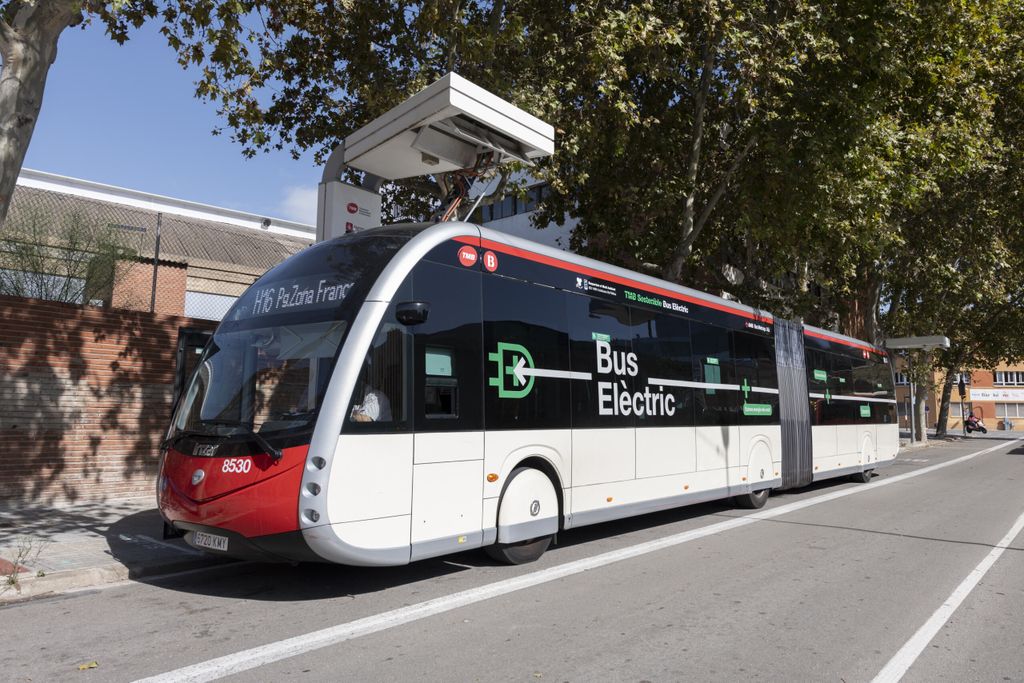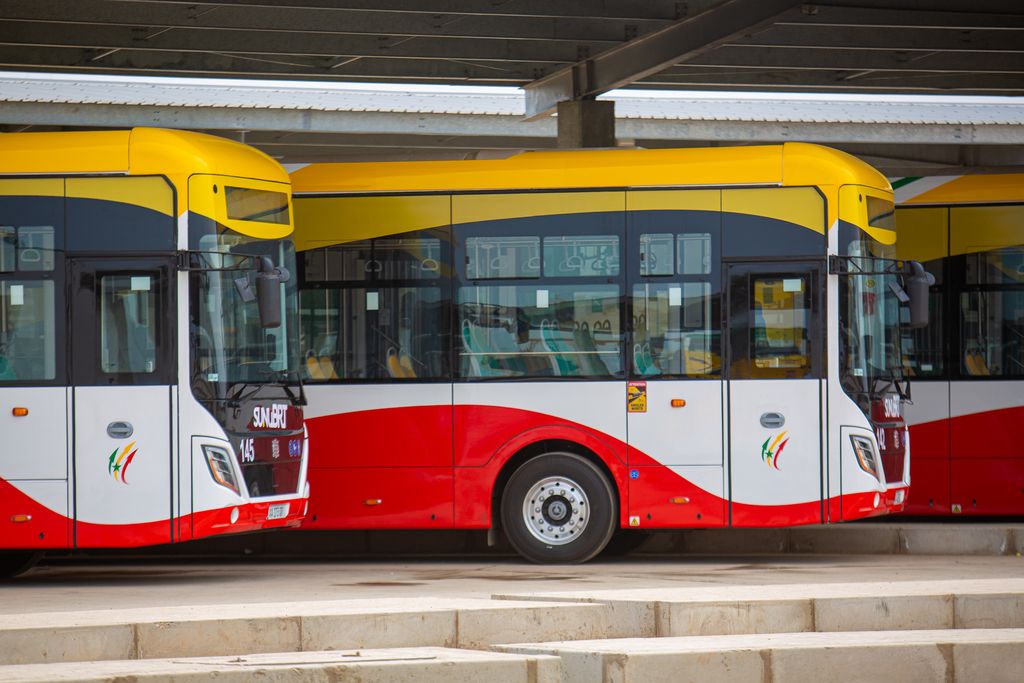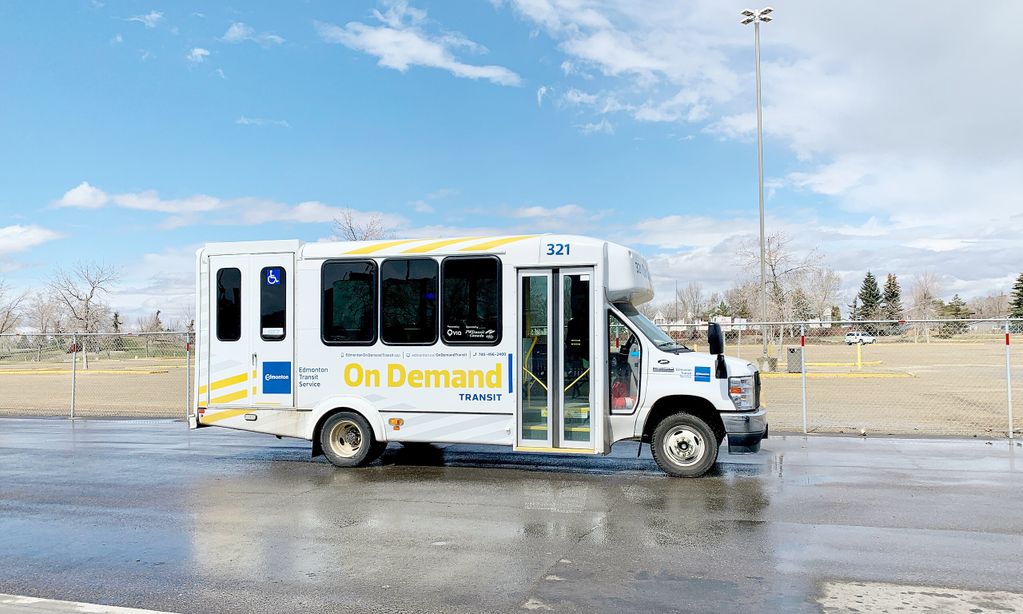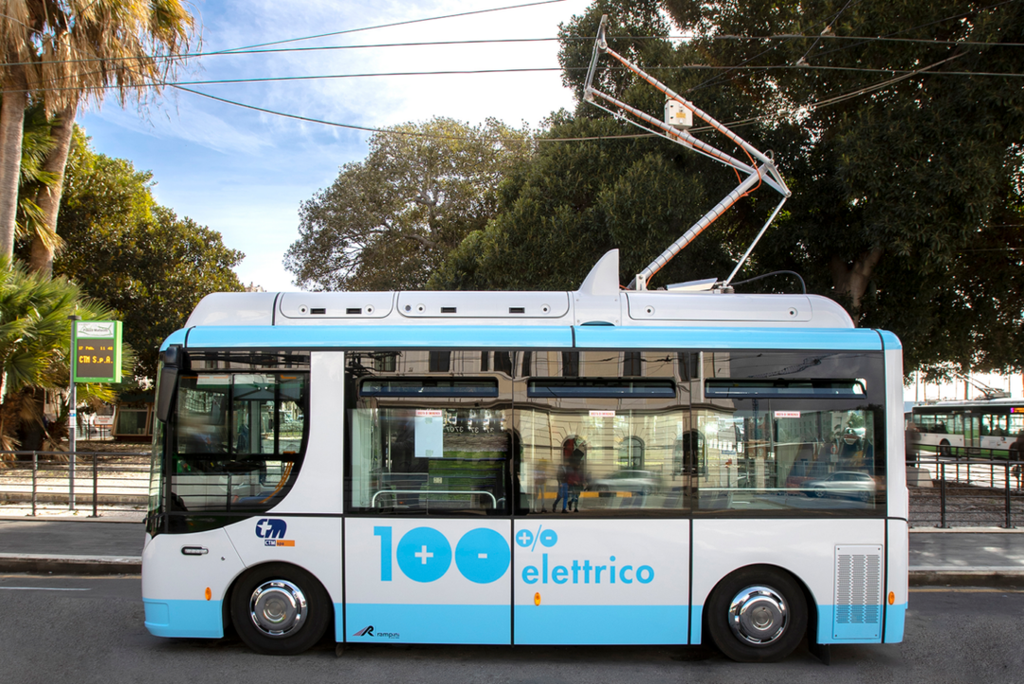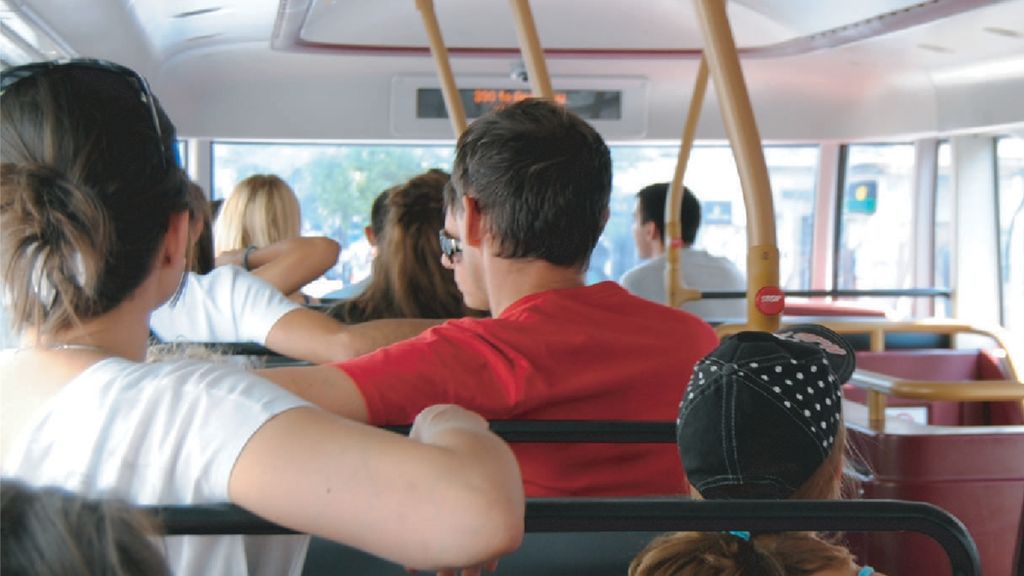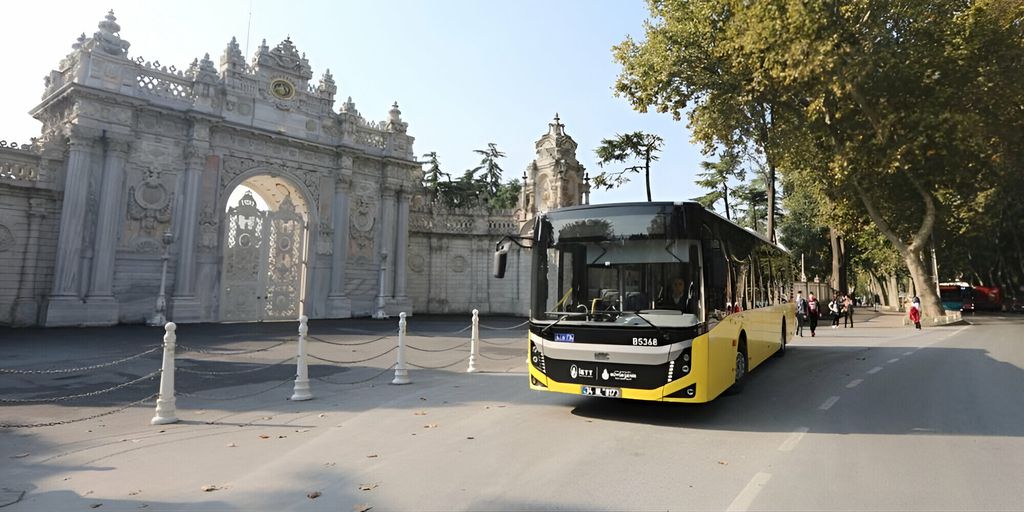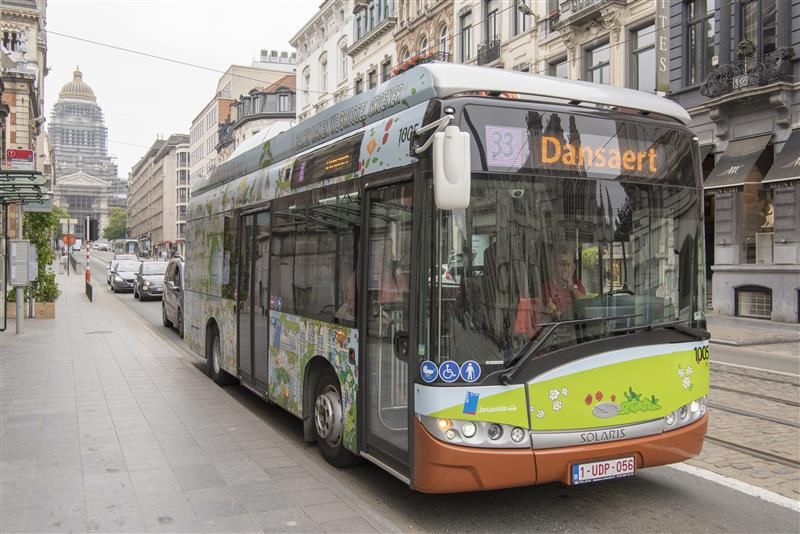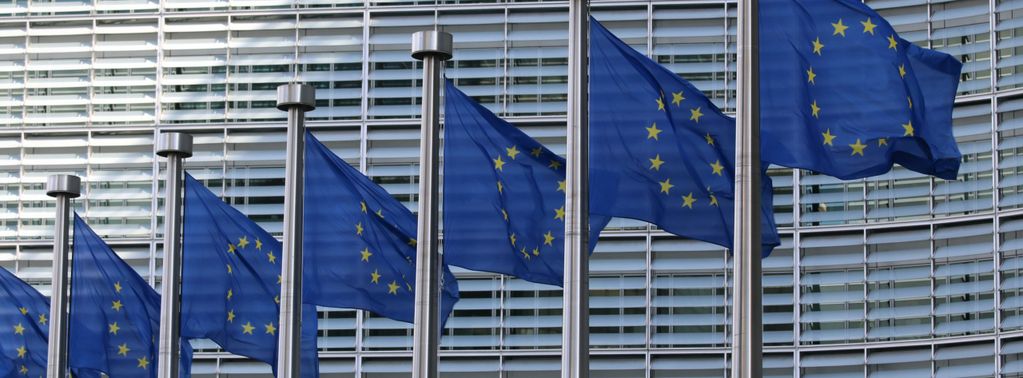
Position Paper on bus systems
Towards a higher quality of urban life and a reduction of pollutants and CO2 emissions
Public transport – incl. bus services – contributes to cleaner air and quality of life in cities and reduces green house gas (GHG) emissions in the EU, as it uses up fewer resources and emits less CO₂ per passenger than other modes of transport. In light of the EU’s objective to decarbonise transport by 2050, efforts should continue to be made towards technological innovation and to support new technologies to reach maturity and be deployed across the EU. At the same time, a retrofitting or replacement of the oldest diesel buses in the most cost efficient way today – i.e. in a first step by existing, reliable technologies and in a second step by new experimental technologies – can make an immediate contribution towards the EU’s strategic aims.
However, technological solutions alone are not enough. In order to be most effective in lowering CO₂ emissions, they should be accompanied by the creation of the right framework conditions for public transport undertakings to form the backbone of urban mobility. Sustainable mobility relies on a strong and attractive public transport system, which is to be integrated with other sustainable modes of transport, such as car- and bike-sharing schemes. Improvement in services and customer satisfaction can be ensured via continuous support for research projects in the field of buses based on a long-term research strategy. Strong and qualitative modal shift targets in favour of public transport would reduce CO₂ emissions and significantly improve the quality of life in European cities.
Contact
UITP

Annika DEGEN
Deputy Director - Senior Policy Expert Digitalisation - Seconded by VDV[email protected]
exclusive resources

